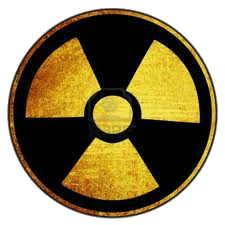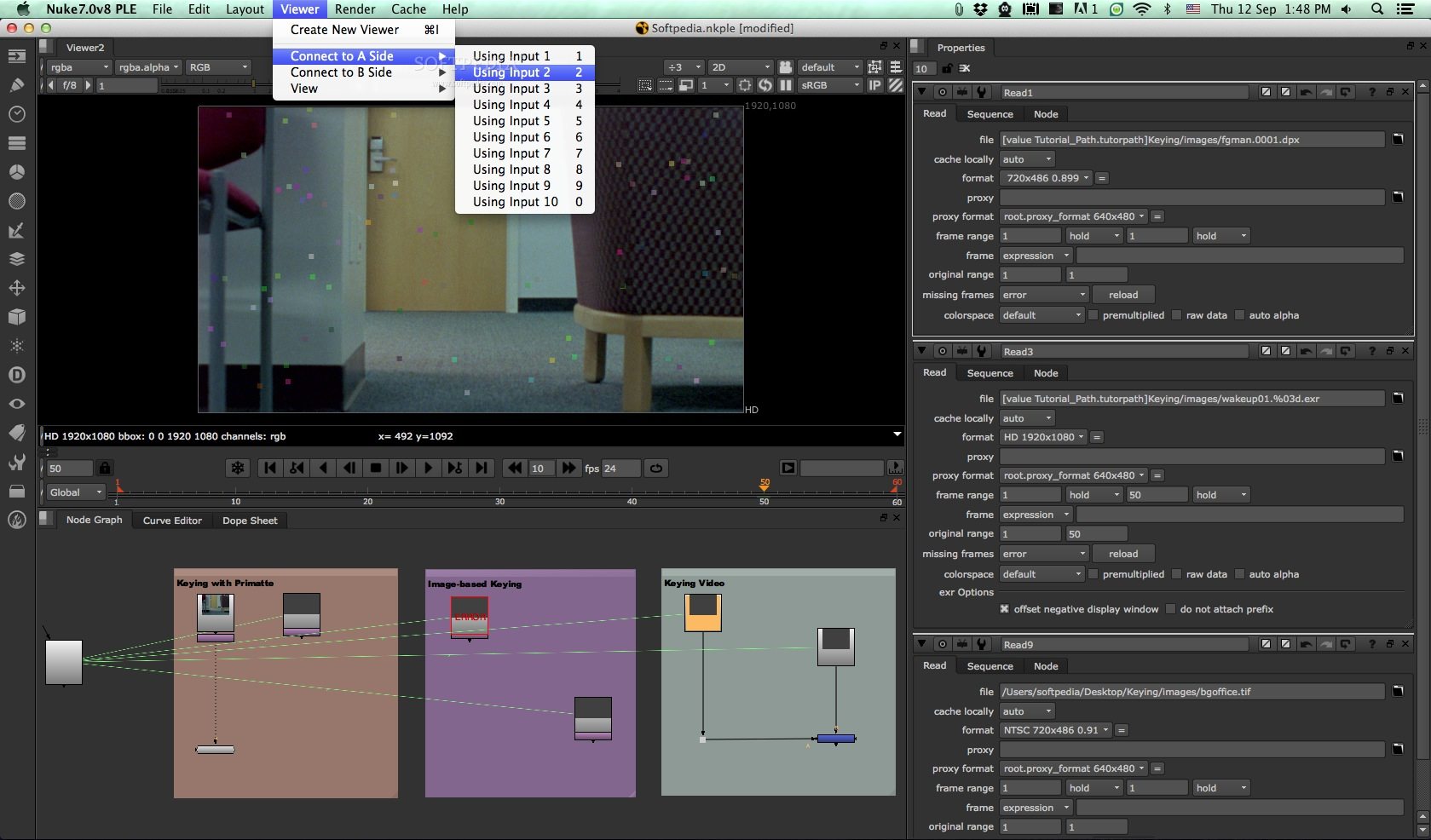


math ACEScg and it slightly improves the red behavior, but not much.įor the record, we found the lum. I have also tested with a s-log curve and I got the same behavior. What surprises me is that I have never read anything on the reds behaving weirdly with a log format. It’s not really surprising that using different maths to calculate luminance will give a different result when inspecting the luminance, is it? And equally I would expect using the same maths in a different working space to give different results for many (but not all) operations. math Max as well but it makes the image overall darker. Which can be an issue when your main character has a really red shirt. When we saturate on ACEScct, colours are more pleasant (at least to me) but the red tones get over exposed really quickly.
#Nuke denoise skin
When we saturate on ACEScg, I agree colours are not very nice, like the skin tone here gets really yellow. Generic_character_saturation 1920×1080 216 KB The same way most of the compositing tools were designed with the assumption that the image data is presented in linear light. Same is true for legacy keyers and other tools. This is for what this particular tool was developed for. Then legacy tools have lots of “assumptions” build into them.įilmGrade (Offset/Contrast) assumes that the image is encoded in a cineon like quasi-log space. I think generally ACEScc is quite difficult to use because it is not a physical nor a perceptual space. So ideally you do white balance in linear and then convert to a quasi log representation for things like sharpening or scaling. Subsequent operations like saturation changes or scaling might not work correctly in ACEScc with lots of “dark energy” :-).

But you should not forget that ACEScc will put the image into a state which overemphasises the energy in the shadows. The result might be identical for the operation of a white balance or exposure change. Modern colour correcter tend to develop into the direction that each operator is operating in the space appropriate for its design goals.įor the argument of addition in ACEScc vs multiplication in linear: Most of the time, you scale in quasi-log because the disadvantages of the sharpening components produce artefacts in linear (overshoots). So there is not really a right or wrong way. Scaling, for example, has both a physical component (anti-aliasing) and a perceptual component (sharpening). It becomes tricky if you do things that incorporate several things at the same time. (Sharpening is probably happening in our neural pathway)

If you are after simulating an optical blur also linear light is the right space.If you want to do white balance/exposure, multiplication in the linear domain is the right thing to do.If you want to model perceptual phenomena, then typically a perceptual space (like a quasi-log or opponent space) is the right thing. If you are after modelling physical phenomena, then some sort of scene linear is probably the right domain. The ideal space for an operation depends on what you want to simulate.


 0 kommentar(er)
0 kommentar(er)
